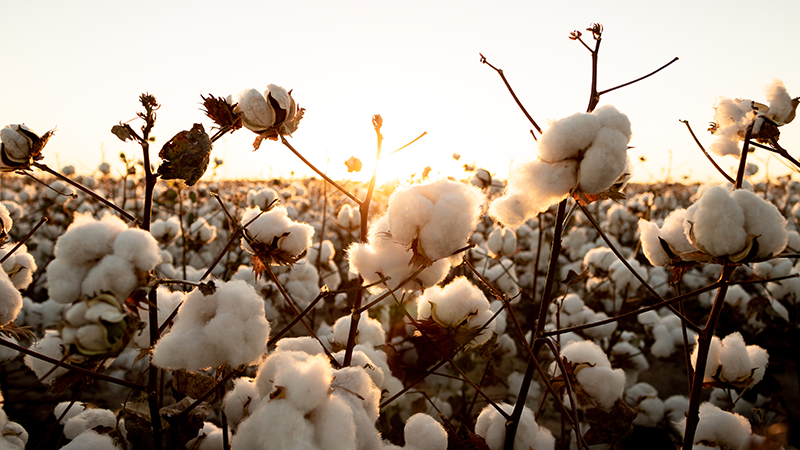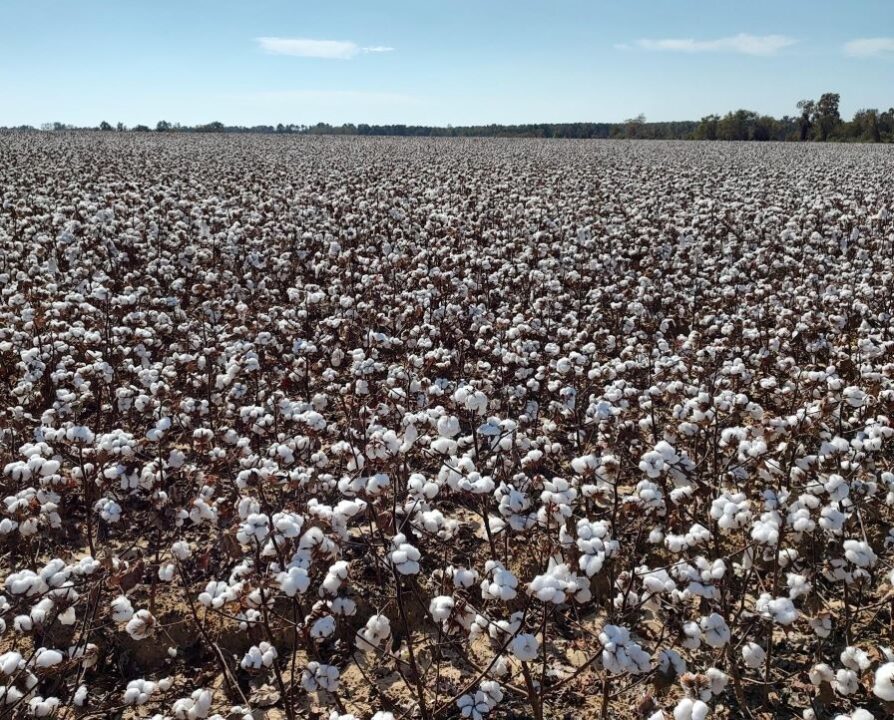Consistent Variety Performance is Paying Dividends for Armor
From Cotton Grower’s Cottonseed Roundup (November 2024)
As Armor cotton seed entered the 2024 growing season, it was doing so with an up-and-coming product portfolio, positive word of mouth from growers, and a couple of years of testing success in state Official Variety Trials.
It’s not surprising then that Armor had a really good year again, according to Robert Cossar, Cotton Product Manager for Armor.
“Armor 9371 B3XF continues to be a really strong product for us – east to west, north to south,” he says. “It’s a really good performer across key cotton geographies again in 2024. It’s in its third year of consistent performance, and that’s what we’re looking for from our brands.
“Further south, Armor 9831 B3XF has also looked really good in Georgia and in the Concho Valley in Texas,” he adds. “We’re so pleased overall with those two varieties.”
Heading west, both Armor 9442 XF and Armor 9413 XF are in their second year. Those products have been paired with Armor 9512 B3XF, and those three varieties have really done extremely well in the West Texas market with very good stress tolerance.
In the Mid-South, Armor added a ThryvOn variety in Armor 9383 B3TXF in 2023 and it has shown really good performance in northeast Arkansas, Missouri Bootheel, and West Tennessee – most of that due to the thrips pressure. Thrips performance in North Carolina has also been outstanding.
Armor tested several other ThryvOn varieties in 2023 but chose not to release any new varieties for 2024 because, as Cossar puts it, “We just didn’t feel they were quite there yet with yields and fiber quality.”
That will likely change in 2025 thanks to an entirely new portfolio of promising new varieties.
“As we go forward, we have a couple of new ThryvOn varieties with root knot nematode resistance,” says Cossar. “Our agronomists in the field really like the way those varieties look on some ground where we typically don’t think about nematodes. We’ll also have maybe one ThryvOn variety with reniform nematode resistance for irrigated ground in the Mississippi Delta.
“We’re going to lean into the ThryvOn technology going forward,” he adds. “We’re always selecting genetics and fiber quality over traits, so we want to make sure we’re bringing something better to the market to help put our business in a really good spot. We feel like we have a solid upward trajectory of growth ahead of us over the next three years.”









